When it comes to achieving clean and precise lines in tattooing, selecting the ideal tattoo needle plays a crucial role. Tattoo artists understand that the intricate details and fine lines require specialized tools that can provide optimal control and accuracy. In this article, we will explore the various types of tattoo needles available in the market and discuss which one is considered ideal for creating clean and precise lines. One of the most popular tattoo needle configurations for achieving clean lines is the round liner (RL) needle. The RL needle consists of a single needle configuration tightly grouped together in a circular formation. The needle size typically ranges from 1RL to 14RL, with smaller numbers indicating a larger needle size.
Tattoo artists often prefer using smaller-sized RL needles, such as 3RL or 5RL, for creating precise lines, as they allow for more control and detailed work. Another commonly used tattoo needle for clean lines is the single needle (SN) configuration. As the name suggests, the SN needle consists of a single needle, providing the artist with maximum precision. This needle type is particularly useful for intricate linework, such as script tattoos or fine details. Tattoo artists often select a smaller needle gauge, such as 3SN or 5SN, to achieve fine and sharp lines. In addition to round liner and single needle configurations, some artists opt for the flat needle (FN) for clean and precise lines. The FN needle features a group of needles arranged in a flat formation, which allows for broader strokes and bolder lines. While the FN needle may not be as suitable for extremely detailed work, it can be advantageous when creating larger, solid lines or shading. Apart from the needle configuration, the choice of needle size also plays a vital role in achieving clean and precise lines.
As mentioned earlier, smaller-sized needles are generally preferred for fine linework. However, it’s important to note that the ideal needle size may vary depending on the artist’s style, technique, and personal preference. Some artists may opt for slightly larger needles, such as 7RL or 9RL, to achieve a bolder look while maintaining reasonable precision. When selecting a tattoo needle for clean and precise lines, it’s crucial to consider the quality and sharpness of the needles. High-quality needles with sharp tips ensure better penetration and control, resulting in cleaner lines. Additionally, using disposable needles for each client helps maintain hygiene standards and prevents cross-contamination. In conclusion, choosing the right tattoo needle is essential for achieving clean and precise lines in tattooing. The round liner (RL) and single needle (SN) configurations are commonly preferred by artists for their ability to provide control and accuracy. The size of the needle, whether it’s a smaller RL or SN needle, depends on the desired level of detail and precision. Additionally, the flat needle (FN) can be beneficial for creating bolder lines or shading. By considering the needle configuration, size, and needle quality, tattoo artists can select the ideal tools to produce exceptional linework that meets their clients’ expectations.

What are the different types of tattoo needles used for lining?
When it comes to creating precise and intricate lines in tattoo art, choosing the right needle is paramount. Tattoo artists employ various types of tattoo needles specifically designed for lining purposes. These needles possess distinct characteristics that affect the precision, control, and overall outcome of the linework. Understanding the different types of tattoo needles used for lining can assist artists in selecting the most suitable tool for their artistic vision.
- Round Liner Needles:
Round liner needles, also known as RL needles, are one of the most common needle configurations used for lining. They consist of multiple small, tightly packed needles grouped together in a circular pattern. The most prevalent sizes for round liners are 3RL, 5RL, and 7RL, where “RL” denotes the number of needles arranged in a round formation. These needles create fine and precise lines, making them suitable for intricate details, thin outlines, and smooth curves. Artists often prefer round liner needles for their versatility and ability to achieve controlled linework. - Flat Liner Needles:
Flat liner needles, commonly referred to as FL needles, differ from round liner needles in their configuration. Instead of a circular arrangement, the needles are stacked horizontally, resulting in a flat shape. This configuration allows for greater ink flow, making flat liners ideal for bolder lines, solid fillings, and shading. The most commonly used sizes for flat liner needles are 4FL, 6FL, and 8FL. The wider profile of flat liners permits artists to create broader strokes with increased coverage, enhancing the visual impact of the tattoo design. - Magnum Needles:
Magnum needles, also known as mag needles, possess a unique configuration that sets them apart from round and flat liners. These needles feature two or more rows of needles, usually in a curved or stacked formation. Magnum needles are primarily used for shading, but they can also be employed for bold lining in specific cases. The curved shape of magnum needles allows artists to achieve smooth transitions and gradients, making them an excellent choice for creating depth and dimension in tattoo designs. - Bugpin Needles:
Bugpin needles have gained popularity among tattoo artists for their ability to create incredibly fine lines. These needles are similar to round liners but have a much smaller diameter. The term “bugpin” refers to the reduced thickness of the individual needles, which can range from 0. 18mm to 0. 25mm. Due to their fine gauge, bugpin needles are used for intricate linework, intricate shading, and hyperrealistic details. Artists who specialize in photorealism often opt for bugpin needles to achieve the utmost precision and meticulousness in their work.

How to select the right needle gauge for lining tattoos?
Selecting the right needle gauge for lining tattoos is a crucial aspect of achieving precise and professional results in the art of tattooing. The needle gauge refers to the thickness or diameter of the needle, and it plays a significant role in determining the outcome of the tattoo design. Tattoo artists must consider various factors when choosing the appropriate needle gauge for lining tattoos, including the desired level of detail, the skin type of the client, and personal artistic preferences. One of the primary considerations in selecting the needle gauge is the level of detail required for the tattoo design. Finer lines and intricate details necessitate the use of thinner needle gauges, while bolder lines may require thicker ones.
Thinner needle gauges, such as 3RL (Round Liner) or 5RL, are ideal for creating intricate linework and delicate shading. These gauges allow the tattoo artist to achieve precise control over the needle, resulting in clean and sharp lines. Another essential factor to consider is the client’s skin type. Different individuals have varying skin characteristics, such as thickness and texture, which can influence the choice of needle gauge. For clients with thin or sensitive skin, it is advisable to use finer needle gauges, as they cause less trauma to the skin during the tattooing process. Thicker needle gauges may be more suitable for clients with thicker or tougher skin, as they can penetrate the skin more effectively. Additionally, the tattoo artist’s personal artistic preferences and techniques also come into play when selecting the needle gauge for lining tattoos. Some artists may prefer to work with slightly thicker needle gauges to achieve a more pronounced and bold line, while others may opt for finer gauges for a softer and more delicate appearance.
Experimenting with different needle gauges allows artists to develop their unique style and achieve the desired aesthetic for each tattoo. To summarize, selecting the right needle gauge for lining tattoos requires careful consideration of several factors. The level of detail in the design, the client’s skin type, and the artist’s personal preferences all contribute to the decision-making process. By choosing the appropriate needle gauge, tattoo artists can ensure precise linework and achieve exceptional results. Whether it’s a complex and intricate design or a bold and striking piece, the needle gauge plays a crucial role in bringing the artist’s vision to life.

What are the recommended needle configurations for lining work?
When it comes to achieving precise lining in tattoo work, choosing the right needle configuration is crucial. Tattoo artists understand that the needle configuration plays a significant role in the final outcome of their artwork. In this article, we will delve into the recommended needle configurations for lining work, providing insights into the technical aspects that contribute to exceptional results.
- Round Liner (RL):
One of the most commonly used needle configurations for lining is the Round Liner (RL). The RL needles feature a single needle grouped in a circular formation, creating a round configuration. They are available in various sizes, denoted by the gauge of the needle. For instance, an RL3 has a thinner needle compared to an RL7. The smaller gauge sizes, such as RL1 or RL3, are ideal for intricate and detailed line work, while larger gauges like RL7 or RL9 are suitable for bolder lines. - Tight Liner (TL):
Tight Liner (TL) needles are similar to Round Liners, but they have multiple needles grouped together closely. The configuration ranges from 3 to 18 needles, with 3 or 5 being the most common choices. TL needles are preferred for creating solid, fine lines. The tight grouping of needles allows for a higher density of pigment application, resulting in sharp and defined lines. Tattoo artists often use TL needles for clean outlines and lettering. - Bugpin Liner (BL):
Bugpin Liners (BL) are specialized needles that feature thinner gauge needles compared to RL or TL configurations. They are designed with smaller needle diameters, usually 0. 25mm or smaller. The smaller size of Bugpin Liners enables artists to achieve incredibly fine lines with exceptional detail. Tattoo artists choose BL needles for intricate work, such as portraits, where precision is paramount. - Magnum Shader (M1):
While primarily used for shading, Magnum Shader (M1) needle configurations can also be employed for lining work. M1 needles consist of two or more needles arranged in a flat formation. When used for lining, the M1 configuration can create broader lines with a soft edge, giving a slightly different aesthetic compared to traditional RL or TL needles. Tattoo artists may opt for M1 needles when they desire a unique line variation or want to add depth to their linework. - Stacked Liner (SL):
Stacked Liner (SL) needle configurations offer a different approach to lining. SL needles consist of multiple needles stacked on top of each other in a straight line. This configuration allows for increased pigment deposit and can be used to create bolder lines. Tattoo artists may choose SL needles when they want to achieve thicker, more substantial lines quickly.


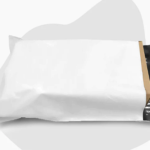

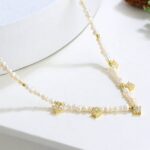

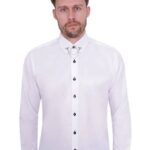









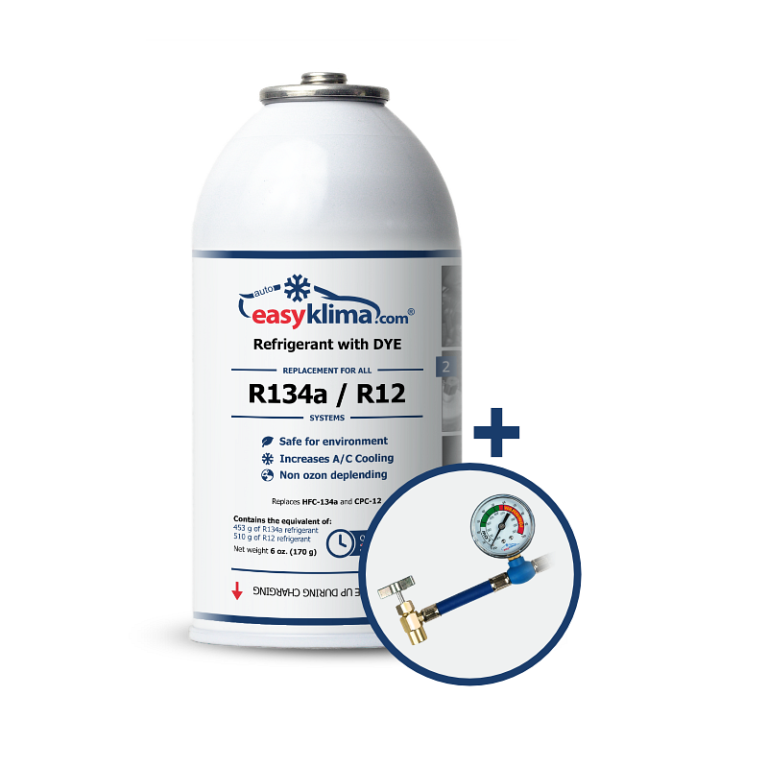
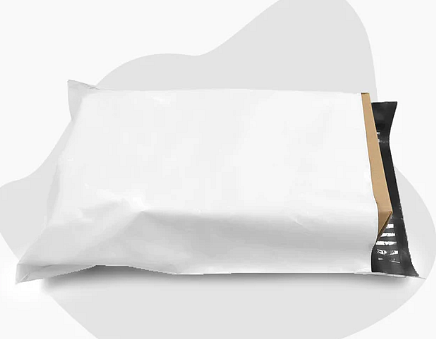
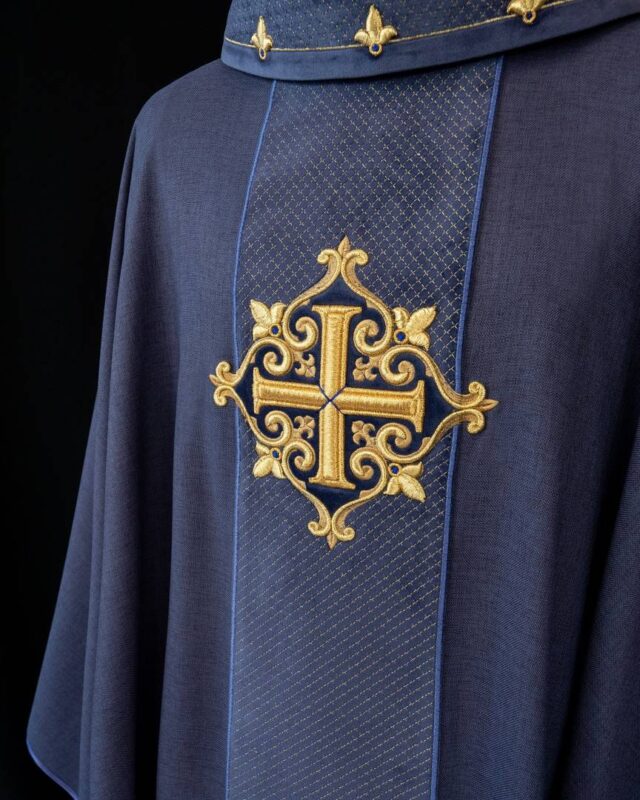
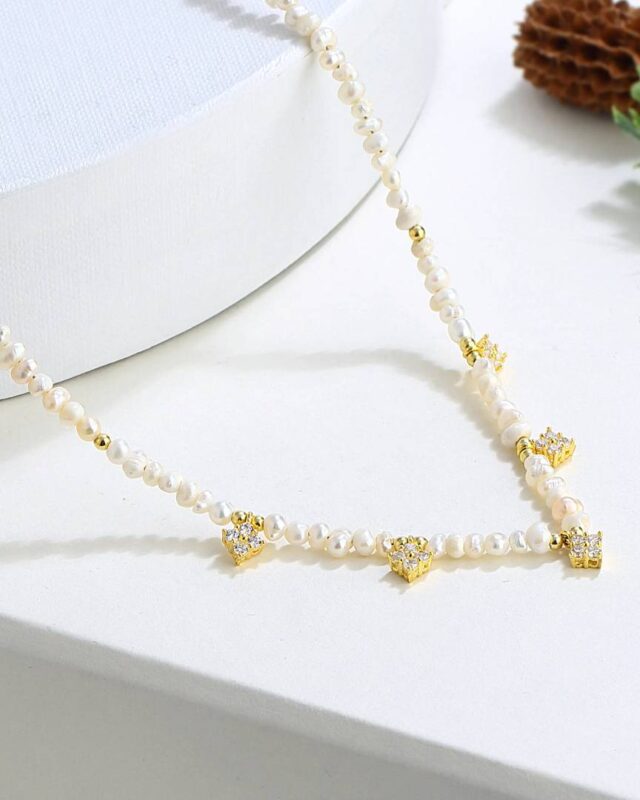


+ There are no comments
Add yours